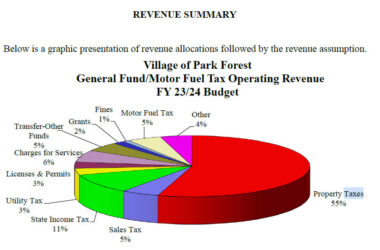 Commentary
Commentary
Inside the First Amendment
By Gene Policinski
First Amendment Center vice president/executive director
The debate continues over whether or not a federal “shield law” for journalists is proper or is even needed — in the Congress, in the courts and even among news professionals themselves.
A recent federal magistrate’s ruling in Chicago, however, does raise issues that seem avoidable only if such a law, more accurately termed “reporter privilege,” was in place to cause courts to at least pause and consider the effects of subpoenas on the newsgathering process.
The ruling by U.S. Magistrate Judge Arlander Keys, in the Northern District of Illinois, states plainly how most observers see the current situation: There is now no legal shield or privilege in federal courts for journalists wishing to protect their sources, notes or unpublished material from subpoenas.
The ruling comes in a lawsuit brought by war protester Andy Thayer against the Chicago police. Thayer claims that a March 2005 arrest for disorderly conduct and resisting arrest during an Iraq war protest violated his constitutional rights, and that Chicago police have a long pattern of disrupting such protests.
Local cable-access television journalist Martin Conlisk, who saw and videotaped parts of the protest, testified in Thayer’s criminal trial. Thayer later filed a civil lawsuit against the city and police, in part claiming Chicago police have long used large groups of officers in riot gear to “intimidate both actual and potential protestors.” City attorneys subpoenaed Conlisk, seeking any video he might have of “all efforts to stage anti-war marches” beginning in 2003, and for such protests held anywhere in Chicago.
Keys rejected several claims by Conlisk for shield-law protection, under both federal and state laws. The judge did agree that the city’s initial demands were too extensive. Still, Keys ruled, Conlisk must produce any specific video footage shot over many years that would shed light as to a police “pattern.”
In a bit of unintended humor, Judge Keys says Conlisk is free to sort through all of his video for pertinent images, or to spare himself the effort by taking the city up on its offer to search all of his material for such pictures.
Particulars aside, the important First Amendment element here is that Conlisk is neither an investigator for the city nor part of the defense team.
Being able to gather information for a news report is as essential to the functions of a free press as being able to publish it. It is one thing to testify, as Conlisk did in the original criminal trial, simply as to the accuracy of what was published or broadcast. But if the public comes to see reporters and photographers in a kind of dual role — journalists today, image-and-information gatherers for police and attorneys later — there’s no doubt the newsgathering process will suffer. What are the next steps: Requiring journalists to administer oaths to those they interview? Mandating that journalists keep eventual courtroom applications in mind even as they take notes and point cameras for the next edition or TV news show?
The city already has admitted to having two videographers of its own at the 2005 protest. There likely are a number of alternative, non-journalistic witnesses or sources — images from omnipresent camera-phones and private surveillance cameras, for example — that could establish police behavior at other demonstrations.
I have no doubt it will be harder on both sides of this lawsuit and in others like it to gather such images and testimony from a variety of sources than simply to gain the authority to ramble and wander through a journalist’s convenient notes, video files and computer hard drives.
But to paraphrase an old saying, journalism ought to be the first rough draft of history — not a first pass at a court transcript.
Gene Policinski is vice president and executive director of the First Amendment Center, 555 Pennsylvania Ave., N.W., Washington, D.C. 20001. Web: www.firstamendmentcenter.org. E-mail: [email protected].








